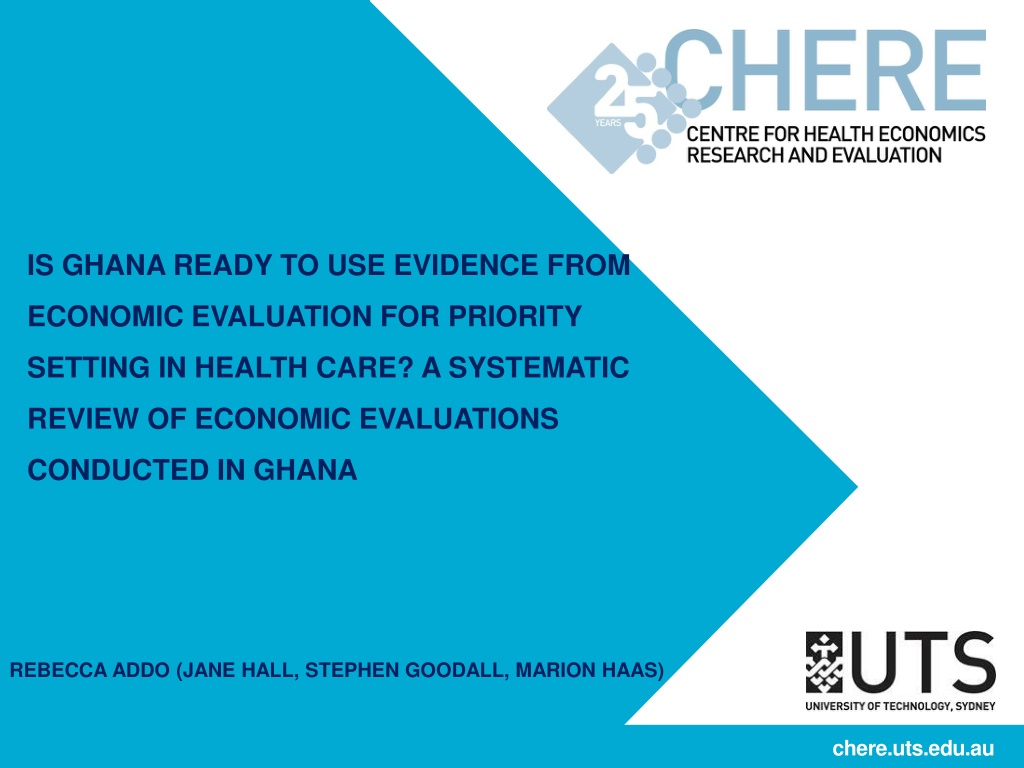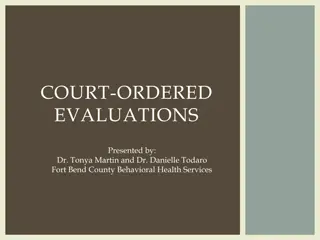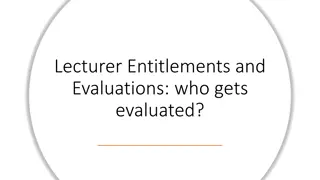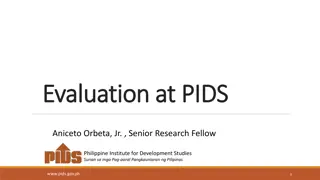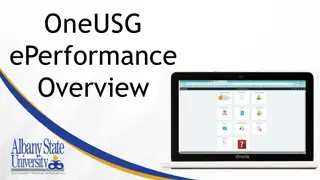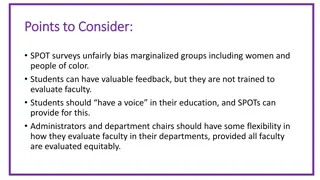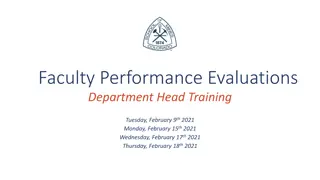REVIEW OF ECONOMIC EVALUATIONS
In this systematic review, the readiness of Ghana to use economic evaluation for priority setting in healthcare is assessed. The study examines the availability, quality, and potential utilization of economic evaluation studies, focusing on the case of Malaria as a key example. The main objectives, methods used, and findings related to the assessment are outlined in detail.
Uploaded on Feb 28, 2025 | 0 Views
Download Presentation

Please find below an Image/Link to download the presentation.
The content on the website is provided AS IS for your information and personal use only. It may not be sold, licensed, or shared on other websites without obtaining consent from the author.If you encounter any issues during the download, it is possible that the publisher has removed the file from their server.
You are allowed to download the files provided on this website for personal or commercial use, subject to the condition that they are used lawfully. All files are the property of their respective owners.
The content on the website is provided AS IS for your information and personal use only. It may not be sold, licensed, or shared on other websites without obtaining consent from the author.
E N D
Presentation Transcript
IS GHANA READY TO USE EVIDENCE FROM ECONOMIC EVALUATION FOR PRIORITY SETTING IN HEALTH CARE? A SYSTEMATIC REVIEW OF ECONOMIC EVALUATIONS CONDUCTED IN GHANA REBECCA ADDO (JANE HALL, STEPHEN GOODALL, MARION HAAS) chere.uts.edu.au
PRESENTATION OUTLINE Background Methods Findings o The case of Malaria Conclusions chere.uts.edu.au
BACKGROUND Increasing costs of healthcare mean that health resources need to be prioritised A number of priority setting tools are in available HTA is recommended globally by the WHO o Ghana s current state of NHIS and the health system as a whole gives the impetus for using such tools Plans already under way to use HTA Collaboration with NICE UK o Draft health bill o
OBJECTIVES Main To assess Ghana s readiness to use economic evaluation studies for priority setting To do this, the review specifically: 1. Assessed the availability (scope and quantity) of studies 2. Assessed the quality of studies 3. Determined if such evidence can be used for decision making 4. Determined the labour capacity available
METHODS A comprehensive literature search on databases such as Embase, Pubmed, Ovid medline from 1990-2015 o Key words include cost effectiveness analysis , cost benefit analysis , cost utility analysis , costs , economic evaluation Quality of studies assessed with reference to the Consolidated Economic Evaluation Reporting Standards (CHEERS) checklist Used studies conducted on Malaria as a case study to access their usefulness for decision making
FINDINGS OBJECTIVE 1 3 records identified through publication alert 1709 records identified through database search Identification # of records after duplicates removed = 1648 Screening # of records excluded by titles and abstracts = 1624 # of records screened = 1648 Non-human studies = 4 Newsletter = 17 Cost of illness studies = 37 WHO reports & software = 5 Other studies = 1561 Eligibility # of abstracts and/or full texts articles excluded = 5 # of abstracts and/or full texts articles assessed for eligibility = 22 Only abstracts/not located =4 Commentary = 1 # of full text articles included in the qualitative review/analysis = 17 Included 9 CUA, 8 CEA
FINDINGS OBJECTIVES 1 & 4 *Treatment interventions are those that do not include pharmaceutical or diagnostics
FINDINGS - QUALITY OF STUDIES (OBJECTIVE 2) Methods Mean quality score 20.41 counts (out of 24) Titles, abstract and introduction well defined for all 17 studies
FINDINGS - QUALITY OF STUDIES (OBJECTIVE 2) Discussion - Generalizability (17) - Current knowledge (17) - Limitations (17)
OBJECTIVE 3 - THE CASE OF MALARIA Comparison of time horizon and discount rates used by studies 6 out of 7 studies targeted children under 5 years 60 6 All studies were funded by donor agencies 50 5 Discount rate Time horizon 40 4 Similar preventive interventions e.g. prophylaxis treatment 30 3 20 2 10 1 0 0 Varied effectiveness outcome Time horizon (months) Discount rate (%) Variations in other methodological approaches e.g. discount rates, time horizon, cost components
OBJECTIVE 3- IMPLICATIONS FOR PRIORITY SETTING Using the WHO recommended decision rule; interventions with ICER/CER less than 3x GDP of the country is cost effective o All Malaria interventions reviewed were cost effective However, economic evaluation evidence currently available hinders comparison between similar and/or alternative interventions o Methodological variations (such as discount rate, outcome measure, cost components)
IS GHANA READY Availability Quality o Scope o Quantity o The supply of economic evaluation studies Limited labour o Data for studies o Non-existence of a methodological guideline Decision rule ??
CONCLUSION Develop or adopt a methodological standard for conducting economic evaluation The need to build local capacity Invest in national data repository and economic evaluation studies
LIMITATIONS AND FUTURE WORK Limitations o Possible underestimation of quantity o Using number of local persons involved in studies as proxy for labour capacity o Possible bias in quality assessment Future work o Knowledge and perception of decision makers on the use of HTA o HTA case study to determine feasibility of use in Ghana
